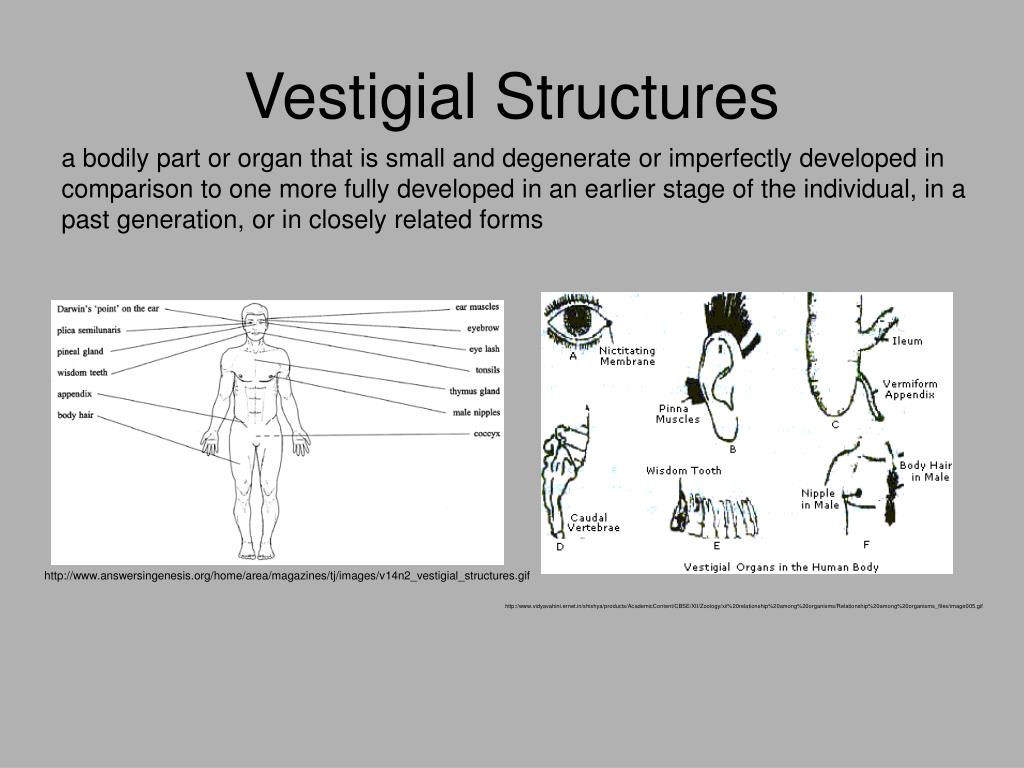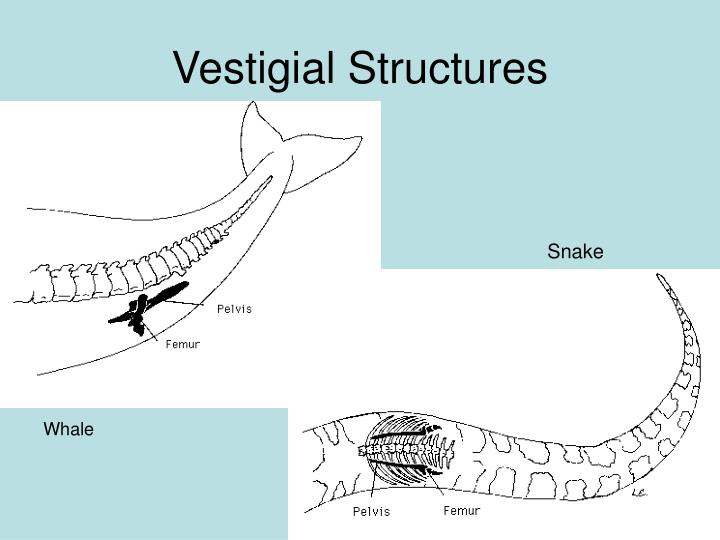

As hominids evolved, the shape of the skull changed. In this (a) display, fossil hominids are arranged from oldest (bottom) to newest (top). The whale flipper shares a similar morphology to appendages of birds and mammals ( Figure) indicating that these species share a common ancestor. For example, scientists have recovered highly detailed records showing the evolution of humans and horses ( Figure). The resulting fossil record tells the story of the past and shows the evolution of form over millions of years ( Figure). Scientists determine the age of fossils and categorize them from all over the world to determine when the organisms lived relative to each other. Fossilsįossils provide solid evidence that organisms from the past are not the same as those found today, and fossils show a progression of evolution. Darwin dedicated a large portion of his book, On the Origin of Species, to identifying patterns in nature that were consistent with evolution, and since Darwin, our understanding has become clearer and broader. Looking at every level of organization in living systems, biologists see the signature of past and present evolution. Adaptations, therefore, need not be adaptive, as long as they were at some point.The evidence for evolution is compelling and extensive. Vestigial traits can still be considered adaptations because an adaptation is often defined as a trait that has been favored by natural selection.

Homologous structures indicate common ancestry with those organisms that have a functional version of the structure.


The vestigial versions of a structure can be compared to the original version of the structure in other species in order to determine the homology of the structure. Some vestigial structures persist due to limitations in development, such that complete loss of the structure could not occur without major alterations of the organism’s developmental pattern, and such alterations would likely produce numerous negative side-effects. This provides some selective pressure for the removal of parts that do not contribute to an organism’s fitness, but a structure that is not directly harmful will take longer to be ‘phased out’ than one that is. If there are no selection pressures actively lowering the fitness of the individual, the trait will persist in future generations unless the trait is eliminated through genetic drift or other random events.Īlthough in many cases the vestigial structure is of no direct harm, all structures require extra energy in terms of development, maintenance, and weight and are also a risk in terms of disease (e.g., infection, cancer). Letter c in the picture indicates the undeveloped hind legs of a baleen whale. \): Whale Skeleton: The pelvic bones in whales are also a good example of vestigial evolution (whales evolved from four-legged land mammals and secondarily lost their hind legs).


 0 kommentar(er)
0 kommentar(er)
